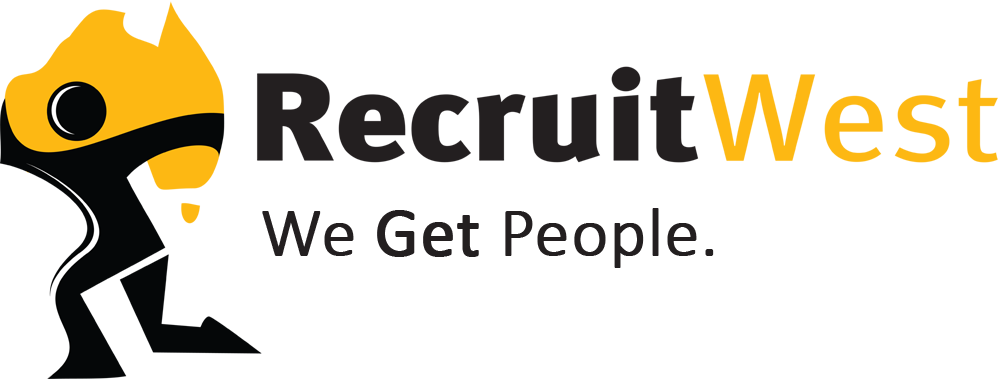Congratulations on being offered an interview! That’s an encouraging step towards securing employment. However, for many candidates it’s an intimidating one too. After all, while some interview questions are more or less expected, other can seem, in the moment, like curveballs designed to catch you off guard. You may be asked about times you’ve made mistakes at work, how you’ve managed to work with difficult team members, or what you would do any number of tricky situations.
Needless to say, coming up with a persuasive answer on the spot can feel impossible. But take heart—the good news is that improvising isn’t necessary. Using the STAR technique, it’s possible to structure your responses to even the thorniest of questions in a way that allows you to focus on the positive, highlight your skills, and demonstrate to potential employers that you have a results-focused, can-do attitude. Better still, you can use the STAR technique to prepare versatile anecdotes in advance.
What is the STAR technique?
STAR stands for situation, task, action, and result. These should be the basic components of any anecdote with which you choose to answer an interview question. To use the STAR technique:
- Explain the situation. What were the circumstances in which you found yourself?
- Identify the task. What were you expected to do? Was there a problem you needed to solve? Why was it important?
- Describe the actions you took to complete the task before you. Focus on the soft skills you employed—did you rely on your communication skills, initiative, teamwork abilities, or something similar?
- Share the results. What happened? Did things go as planned or were you surprised by the outcome? Either way, what did you learn from the experience?
Putting the STAR technique into action
Situation
The first step in the STAR technique asks us to describe the relevant situation. It’s important to be clear and concise, so try to use just a few sentences to set the scene. For example, you might be asked to describe a time when you had to deal with a difficult client. Here’s how your answer could begin:
“Some customers are definitely more difficult to satisfy than others. A few years ago, I was employed as a junior solicitor at a mid-tier law firm.”
Task
When discussing the task, it’s important to show that you’re focused on the important outcomes. So, whatever the situation, make it clear what your chief priority was. To continue with the example above, you might say:
“After I’d been at the first for a few months, an important client got in touch and asked me draft a contract in two days. Usually this would have taken at least five days, but the client was adamant that they receive the work within 48 hours.”
Action
As noted above, it’s important to describe the actions you took in terms of soft skills that might appeal to your prospective employer. Soft skills are generic personal attributes that help you succeed in the workplace. They include skills related to communication, critical thinking, teamwork, leadership, your work ethic, and so on. Hence, your response could continue as follows:
“I’ve always been a strong believer in the importance of open communication. So, after consulting with my supervisor, I contacted the client for phone conversation. Thankfully, they were willing to listen when I explained the complexity of the task and voiced my concern that, given the tight turnaround, it might be difficult to meet their expectations with a quality piece of work.”
Results
In the real world, clients sometimes throw temper tantrums, and difficult colleagues can remain difficult, and sometimes a crummy situation is just that. However, the anecdote you share with the STAR technique should end on a positive note regardless. So, focus on how you extracted something valuable from the experience. What did you learn? How has it helped you since? Here’s how you might finish your response:
- After listening to my concerns, the client agreed to give me one a half weeks—I then made sure to complete the task in five days anyway, so it still seemed to them that I’d beaten the deadline. They were very pleased and gave my supervisor a great recommendation. For me, it really drove home the importance of being honest with clients and making sure that I give myself enough time to do work that I can really be proud of.
Preparing for your interview using the STAR technique
One of the chief advantages of using the STAR technique is that you can equip yourself with a few versatile anecdotes before an interview and use them later on to stand out. For example, you could prepare a response related to a past accomplishment; a past failure (from which you learned something useful, of course); and a difficult situation that you overcame using your initiative.
Of course, it’s impossible to anticipate every question, but even if your prepared anecdotes don’t suit the interview, you’ll still benefit from having practiced using the STAR technique to shape your experiences into a coherent answer.
Remember: situation, task, action, and result! With those four steps, you’ll be able to respond to your interview with confidence and clarity: there’s no better way than that to stand out in an interview.


